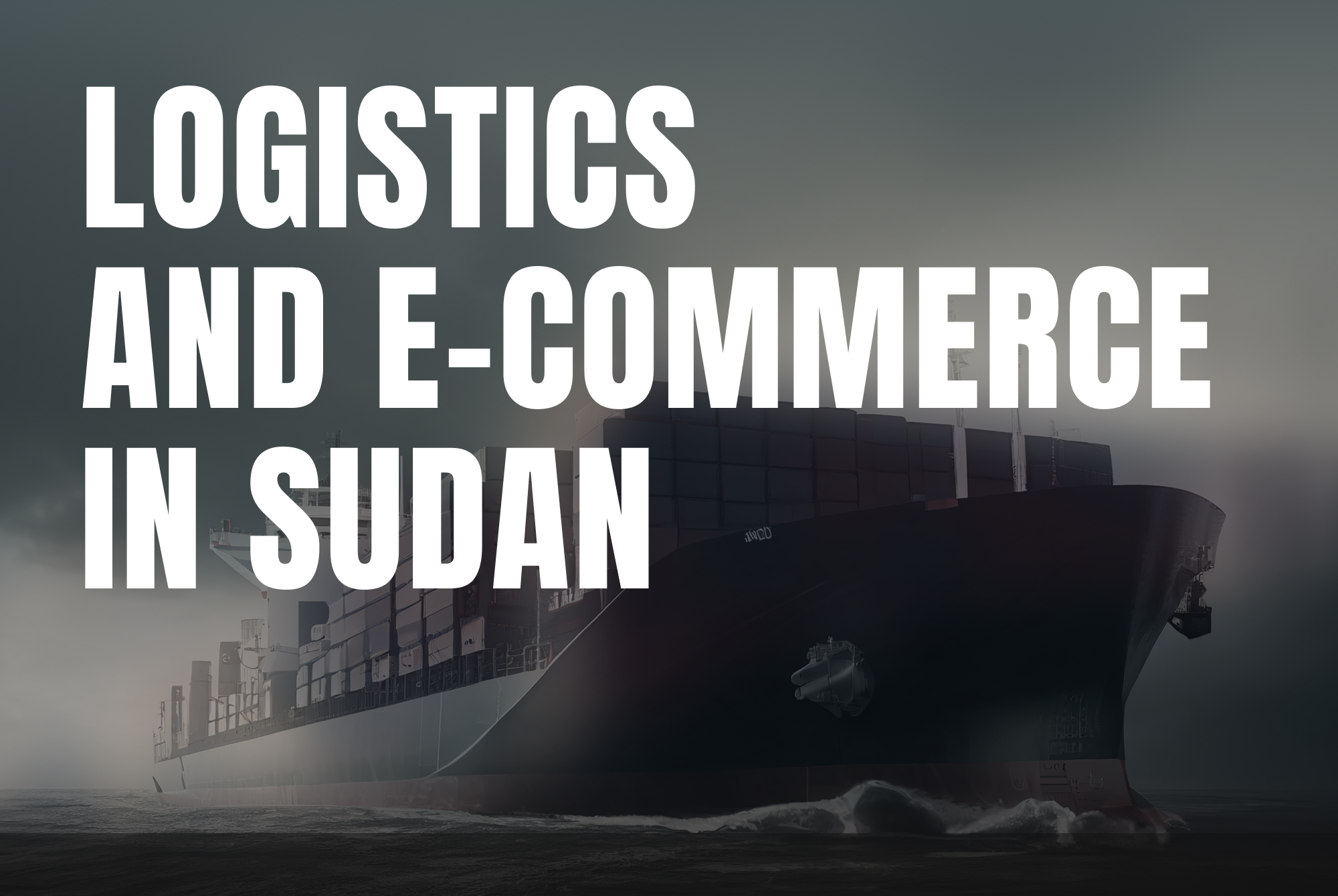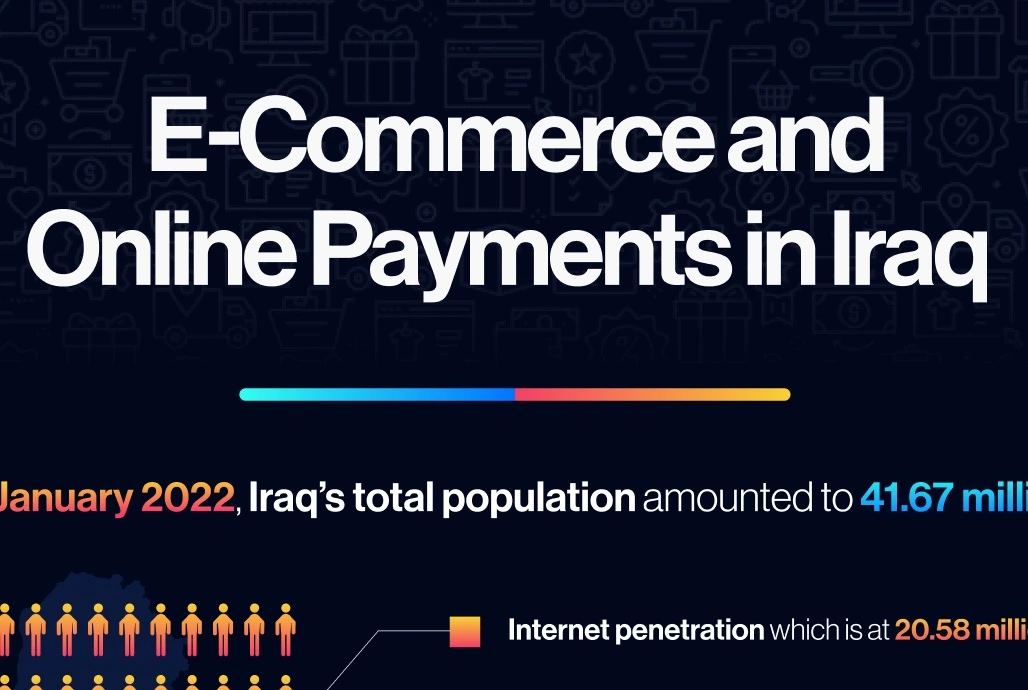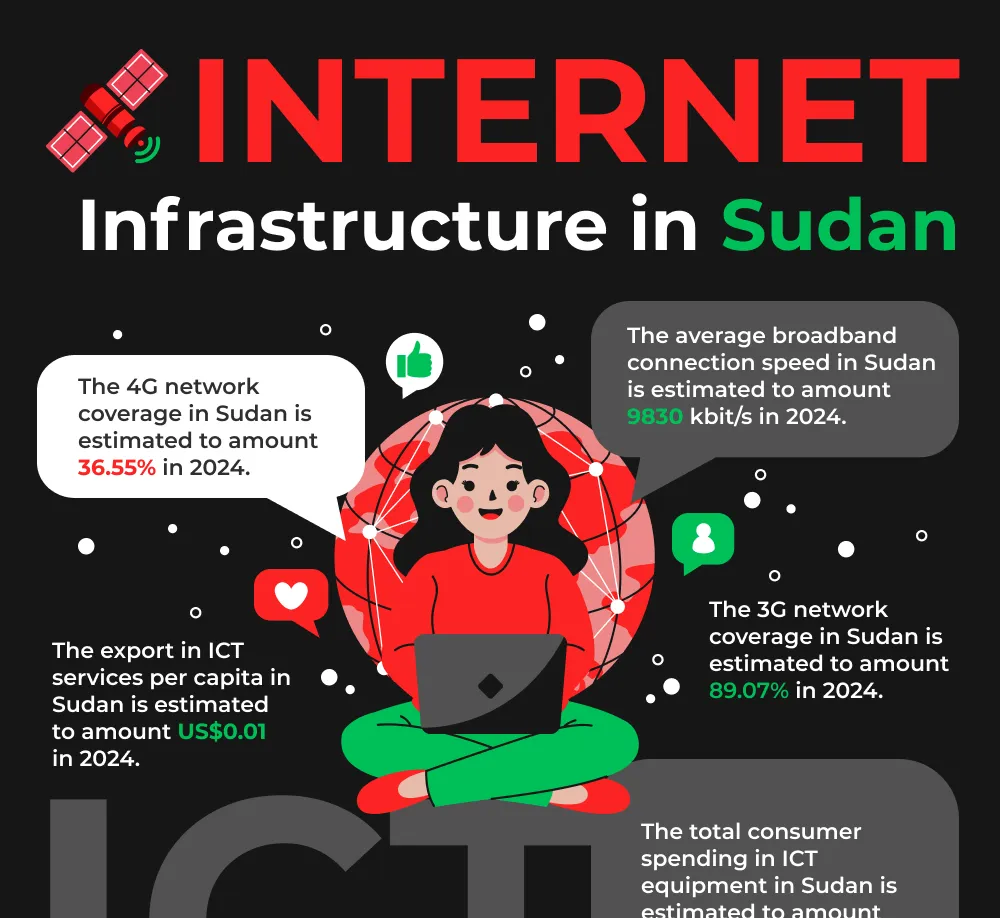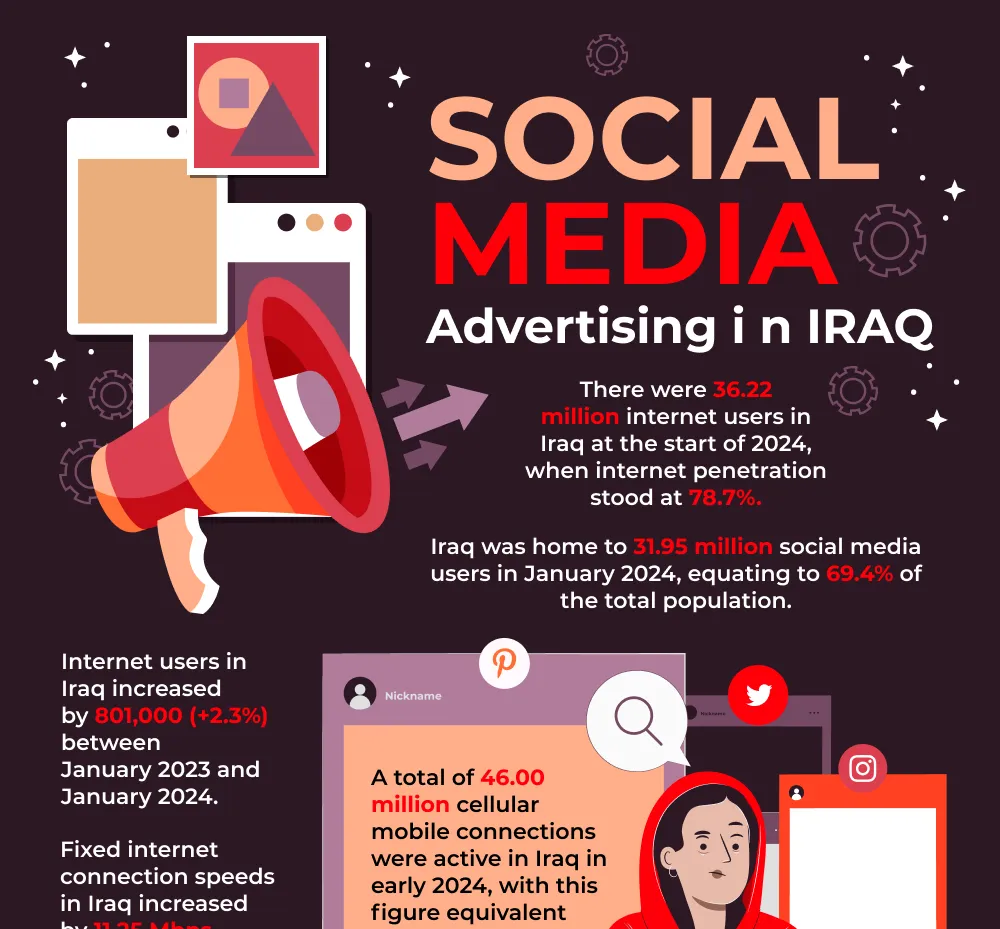If you are looking for a system of application that helps to sort out, process, distribute, or even streamlined various business processes, then Enterprise resource planning (ERP) is a good place to start. By using a software platform that is integrated with departments such as human resources and finance, they can make a big impact.
When the ERPs were first designed, it was first thought to be specifically for companies in the manufacturing field. However, with time, other industries such as healthcare, government institutes, and tertiary institutions have found it quite useful. However, the type of ERP used depends on the industry using it. A typical example is the back-office processes in financial institutions. These processes are often used by banks to harmonize debit and credit cards as well as other important instruments.
Why The ERP System Is So Popular
The ERP system is popular for so many reasons. Chief among these reasons is its effectiveness when it comes to dealing with crucial issues. For example, the ERP system can harmonize the financial reporting process of a company. This is done by using a single system for financial integration. That’s not all.
The ERP system is also responsible for the manufacturing process, distribution, managing orders, and even inventory. Because of its efficiency, several organizations now have a much simpler process.
The ERP system also analyzes the needs and behaviors of the customer. It does this through the Customer relationship management tool. This is also called CRM. When it comes to the manufacturing industry, they can also harmonize the procurement process across all departments. When combined with its ability to automate manufacturing, it’s not surprising that the ERP system is quite popular.
The HR department or industry is not left out in this development. The ERP system can make HR more efficient by providing the right tools for training, reporting time and so much more. Companies now have a much easier time keeping to the policies and regulations guiding most of their departments.
Time
Time is a valuable asset for every organization. The ERP system helps to save companies precious time. This is true regardless of the department in the organization. They also help with data analysis and sharing. The end result is that there is a lot of great decision-making by the company moving forward.
Adaptability
When it comes to business, adaptability, and flexibility are crucial. Because the ERP systems make everything simple, it becomes so easy for enterprises to adjust and adapt. This new-found quality makes it easier for businesses to collaborate with others.
Security is also another point of call for the ERP systems. When the ERP system is centralized, it helps to organize data that are displaced across various databases. This keeps the company moving in the right direction.
Top Traits Of The ERP Systems
The first and most important thing to know is that not all ERP systems are the same. On the contrary, the scope and functions of the ERP systems are very large and can change depending on its sector. Despite the differences, some certain traits stick out clearly than ever.
-
The Same Database
The ERP systems will come with the same database. As earlier mentioned, this helps to keep the data together and gives them a common definition. Sometimes, the ERP systems might try to split the database into two. This is often done to improve the efficiency levels of the system and the company.
-
Total Integration
The ERP systems allow the processes in all departments to be integrated and well-connected. This often means that the ERP realizes when a new order has been made in one department and the triggers it might have in others. For example, a new credit check will immediately be made when there is a new order.
When the order has been successfully carried out, the ERP system then produces a receipt for it. It makes the entire system effortlessly and cool.
-
Consistency Is Its Hallmark
If there is anything the ERP can fully ensure, its consistency. This consistency has several implications for businesses and enterprises. First, it helps them to save cost. The costs incurred from endless training of personnel will no longer be necessary.
This is different from most software who are often vulnerable to changes in the market. If you want your business processes to be consistent and well organized, then you should probably use an ERP system.
-
Quick Problem Solver
For the ERP systems, everything is done really quickly and in real-time. This is important as the ERP systems are directly involved in important things such as order receipt and processes.
Because of this trait, the ERP systems can easily identify when there is a problem and take urgent steps to have it fixed. If it does not have the power to fix it, then it alerts the seller or vendor. This allows them to quickly solve the matter and avoid further embarrassment.
ERP Solutions- Analyzing The Various Types
The ERP systems are large. It is not surprising then that there are various types of ERP solutions. Most times, these types are classified based on their complex nature. Sometimes, it’s also just about their sheer size. Here are some of the most popular classifications.
Class I ERPs
This class of ERPs is the perfect fit if you are dealing with a global enterprise. They help these companies to handle all issues with globalization. This includes languages as well as currency issues.
Some of the best ERP systems in this class include SAP and Oracle. While these two are generally the front liners here, other rivals such as Infor are slowly making progress in this category too.
Class I ERPs (Government Institutions)
This class of ERP handles the same work as the earlier class. The difference is in the institutions they are built to fit. They are the perfect fit for government organizations such as federal agencies.
They are directly responsible for issues such as accounting and HR with the government. Some of the popular ERPs in this class include Oracle and PRISM.
Class II ERPs
This class is the perfect fit for big enterprises. These enterprises might be big and might be in various countries. However, their competitiveness is lesser than class I ERPs.
Examples of enterprises that use this class will be business entities.
The other side of this class is used by smaller government organizations. These organizations can usually be found at the local or state levels. One of the best examples is the UNIT4 software.
Class III Erps
These are a perfect fit for medium-sized enterprises. The role of these ERPs is usually to handle a lot of currency exchanges and language differences.
There are a lot of options when it comes to ERPs here. Businesses should be able to find more than 80 ERP solutions that are available at their fingertips.
Class IV ERPs
This the last class of the ERPs. They are a perfect fit for small businesses and enterprises. The role of the ERPs here is usually to keep the accounts flawless.
ERP And The Cloud
The ERP is also capable of handling the cloud. This has been made possible through two types of ERPs for the cloud. They include
- IaaS cloud and ERPs- this is a perfect fit for organizations that use their ERP for custom codes. The best way to make this work is to get an IaaS provider. This ensures that their servers are placed in various locations.
- ERPs operating as a service- this is a perfect fit for enterprises that plan to all use the same base for codes. It allows the various users of the code to configure it. This can be done without actually changing or accessing the main code. There are many reasons why enterprises love the ERP system. It remains the cheapest method to use. You can also easily upgrade to a new version when the time arrives.
What ERP Software Should My Enterprise Use?
If there is one decision that can be a tad difficult, it’s choosing the right ERP software for your enterprise. One factor to also keep in mind is the industry experience of the ERP vendor. If you get an ERP vendor who simply has little to no industry experience, you might spend a lot of time teaching it the ropes.
Implementing ERP
ERP implementations in enterprises are also done by an executive sponsor. This sponsor is responsible for getting the necessary permissions to succeed. They also analyze the progress being made from time to time. Finally, they make sure the enterprise is reaping the benefits of the implementations.
If you want your ERP to be successful, then you should ensure that your executive sponsor is being advised by a management executive. This is important as such implementations might mean a completely different and new aspect to consider for the enterprise. This might include new job roles and responsibilities as well as new business processes.
Steps To Follow When Implementing ERP
-
Getting The Right Permission
The first step to follow will be getting the right permissions or approval. This is where the executive sponsor comes into play. He is the one who oversees the documentation that is necessary for approval. The entire documentation needed is often referred to as the business case. You can expect some of these matters to be included.
- Benefits
- Costs
- Assumptions
- Definition of problems
- Scope and description
- Risks and threats
Once the documentation is completed, it is then sent for final approval.
-
Making A Plan For The Program
The next step once it is approved is to plan for the business case. There are a few steps you have to take. This includes choosing the right team members. You might also need to choose some external partners. This might include technical specialists.
Next up are contracts that need to be completed. These contracts will most likely be for ERP services and software. You might also need to plan to upgrade certain infrastructures such as processors and storage systems.
When making a plan for the program, it is important to estimate the correct amount of time, resources, and dependencies needed to carry it out.
-
Getting Your Software Ready
Getting your software ready is probably one of the most difficult parts of the entire process. First, you are going to need to set up your parameters. These parameters should match the new processes carried out by ERPs. Also, make sure that all necessary programming changes are done for the ERP. In most situations, you will probably not need to make any changes.
-
Starting The New System
The next step will be getting the final bits of the new system moving. One of the first steps will be training the right personnel for the job. You might also need to give them the necessary permissions to get the job done.
You should have a great support team. This team should be directly responsible for solving problems that arise after the system launches. Once you have done this, you should test the system. This will ensure that it is secure and functional.
-
Ensuring Stability
Once the new system goes live, it might be a while before things return to business as usual. This is because most people will have to get used to the new ERP. Take time to train and keep improving the staff’s knowledge of this system.
The Invisible Costs Of The ERP
When considering the costs of the ERP, here are some costs that will definitely come back to bite.
Custom Code
If you use a custom code, then you might end up spending more than you think. Customized codes increase the cost of implementation. That’s not all. It also renders the warranty that comes with the ERP void. Upgrades become difficult to process and things get a bit tricky.
This can significantly increase the total cost of your ERP system.
Migration of Data
Most enterprises will have data that overlap with each other. This can make the migration of data to the new system much more difficult. It also makes it more time-consuming. The weaker the editing rules of the data were, the more time the ERP system is going to need when migrating data.
Change Can Be Scary
When you bring in the ERP software, it comes with a lot of change both in the business process and management. Change can often lead to uncertainty in the organization. To ensure that staff and managers are on board with the changes, it might mean holding several programs. These programs are to reassure them that everything is heading in the right direction.
Here’s Why Your ERP Project Might Fail.
One of the biggest reasons why your ERP project might fail is due to the ineffectiveness of your sponsor. Your sponsor should be an authority figure in the organization. They must also be committed and invested in the project.
Here are other reasons why your ERP projects might fail
- Weak management of the project
- Ineffective cleanup of data
- Poor aims and objectives of the program
- Internal resistance against the ERP program
While these challenges can become a big issue, they can be surpassed by taking the right steps. Your ERP system will be a success.






